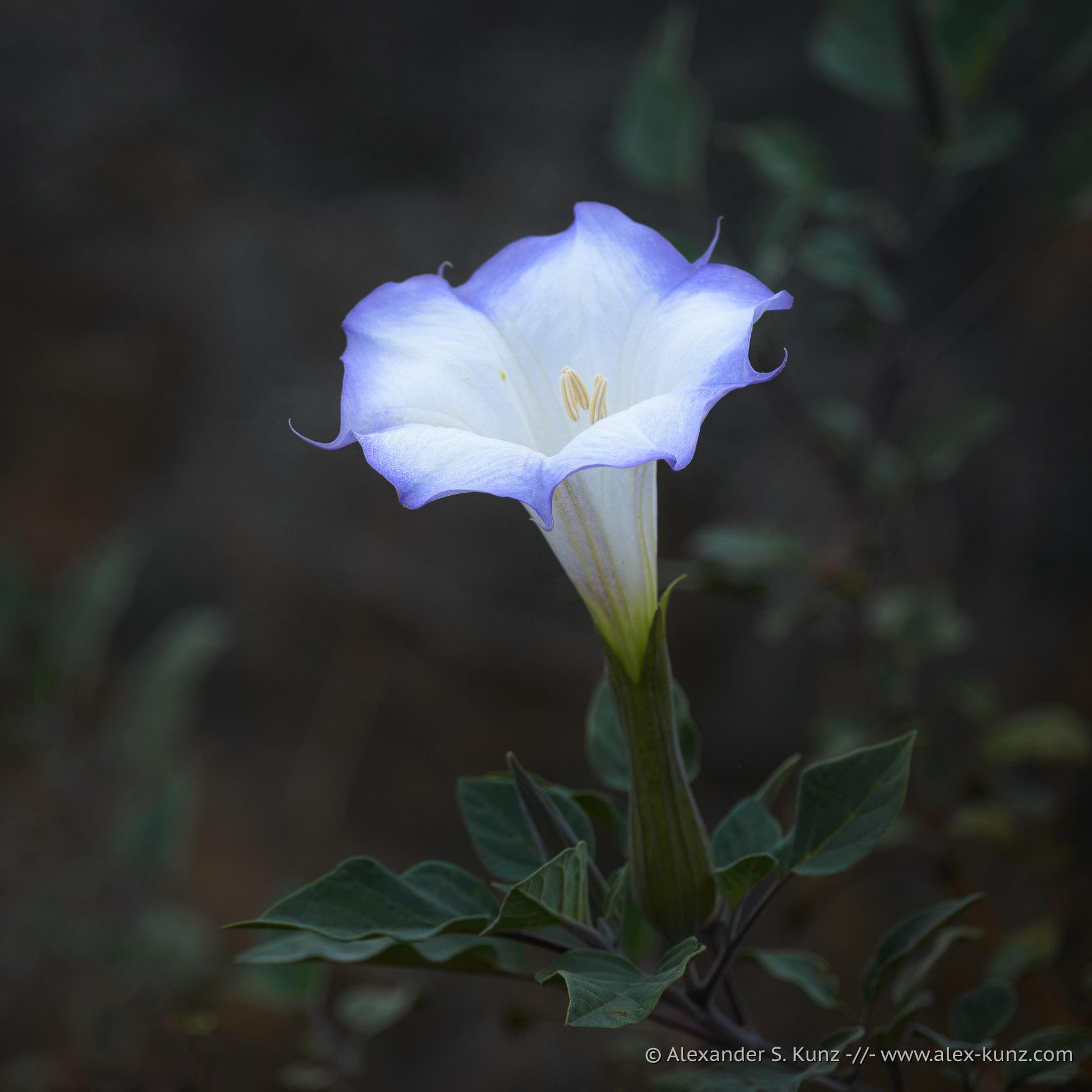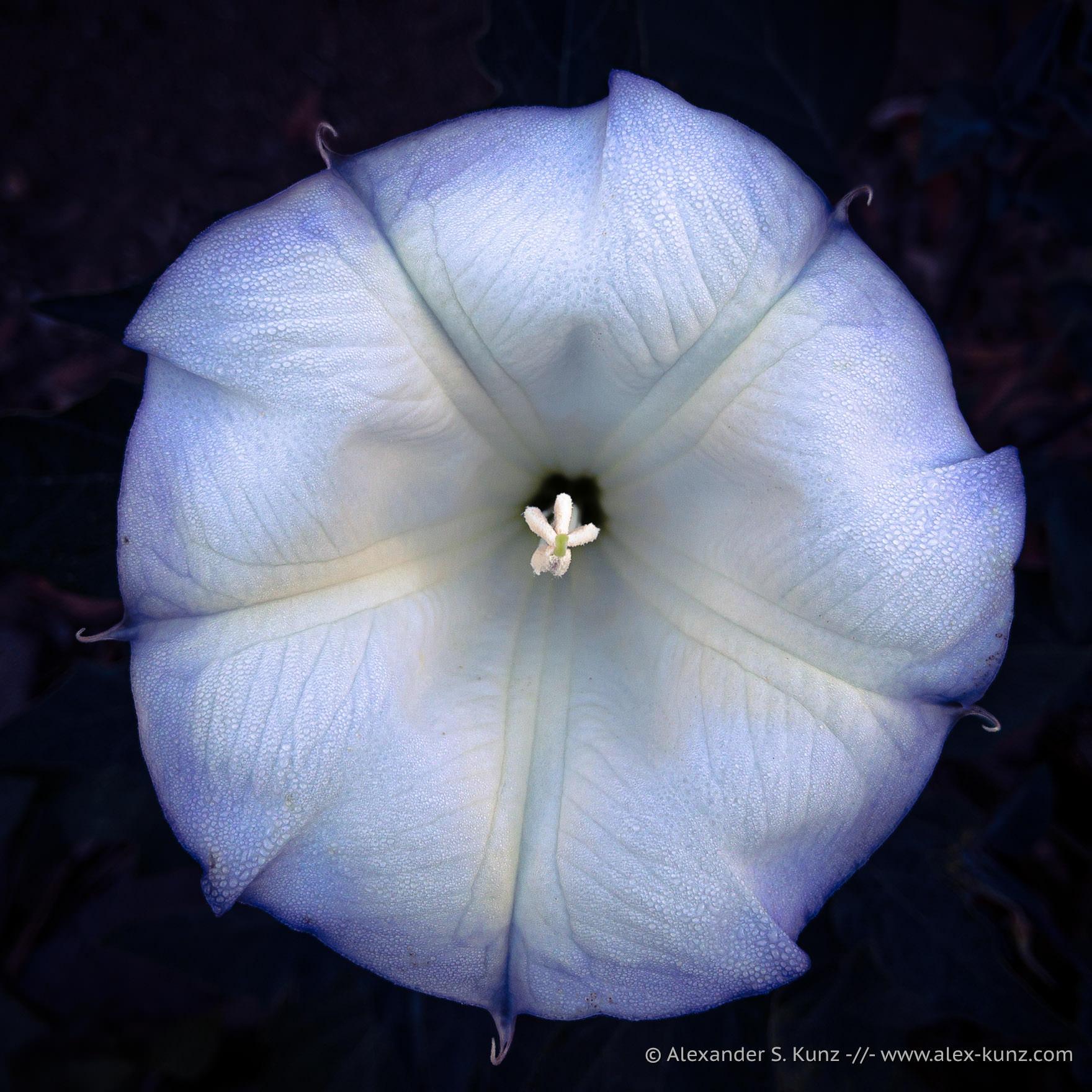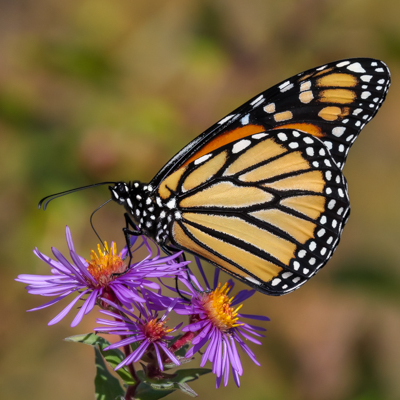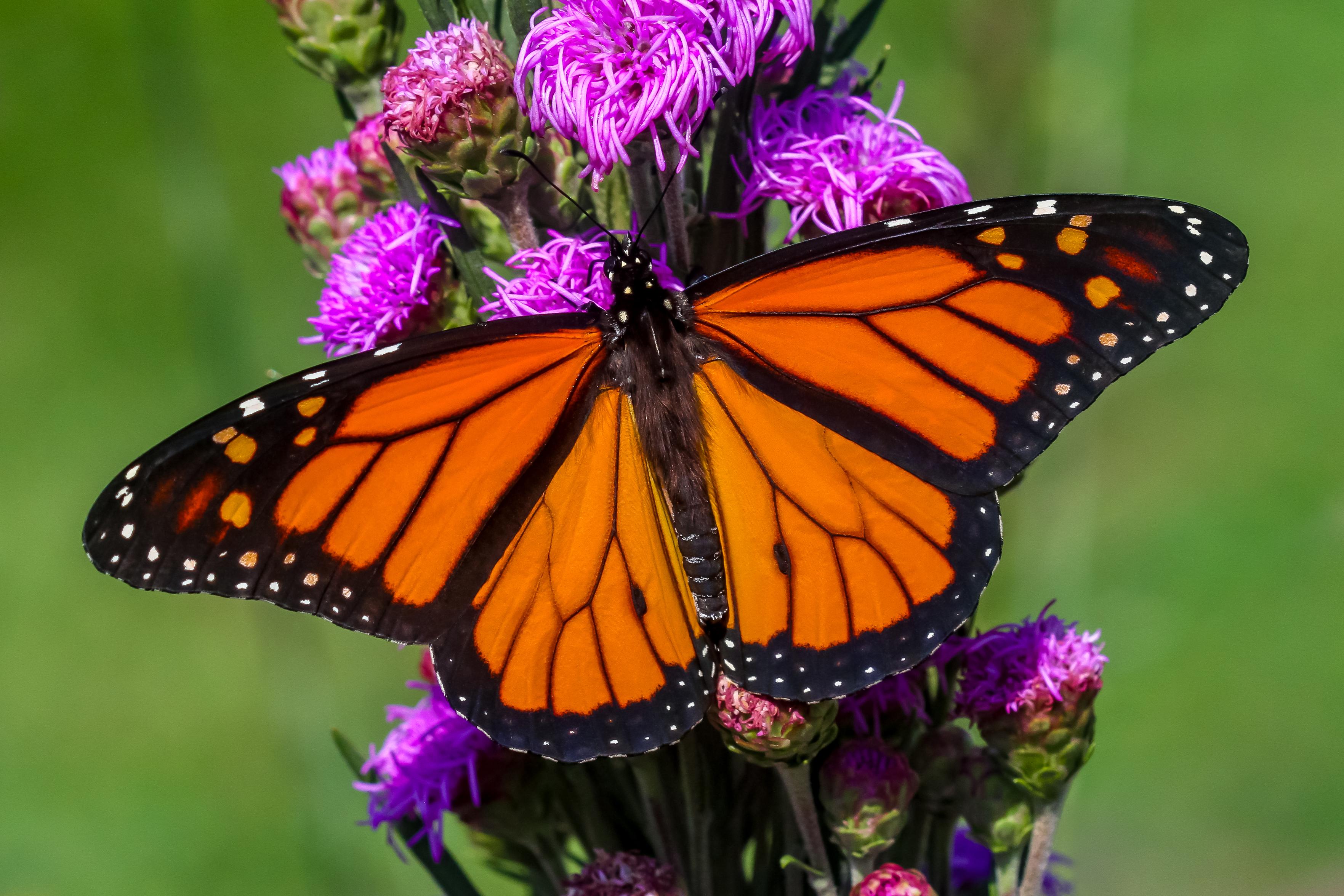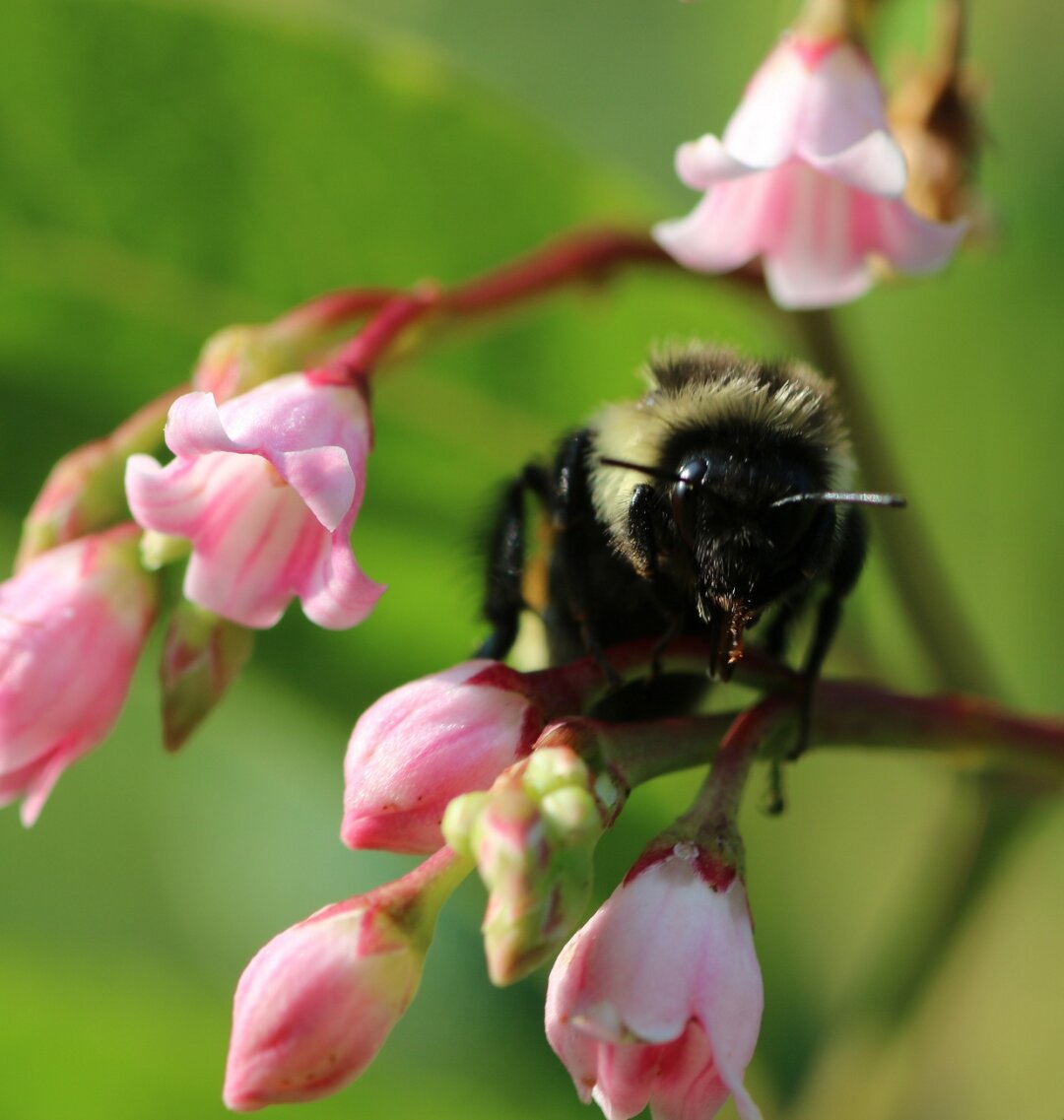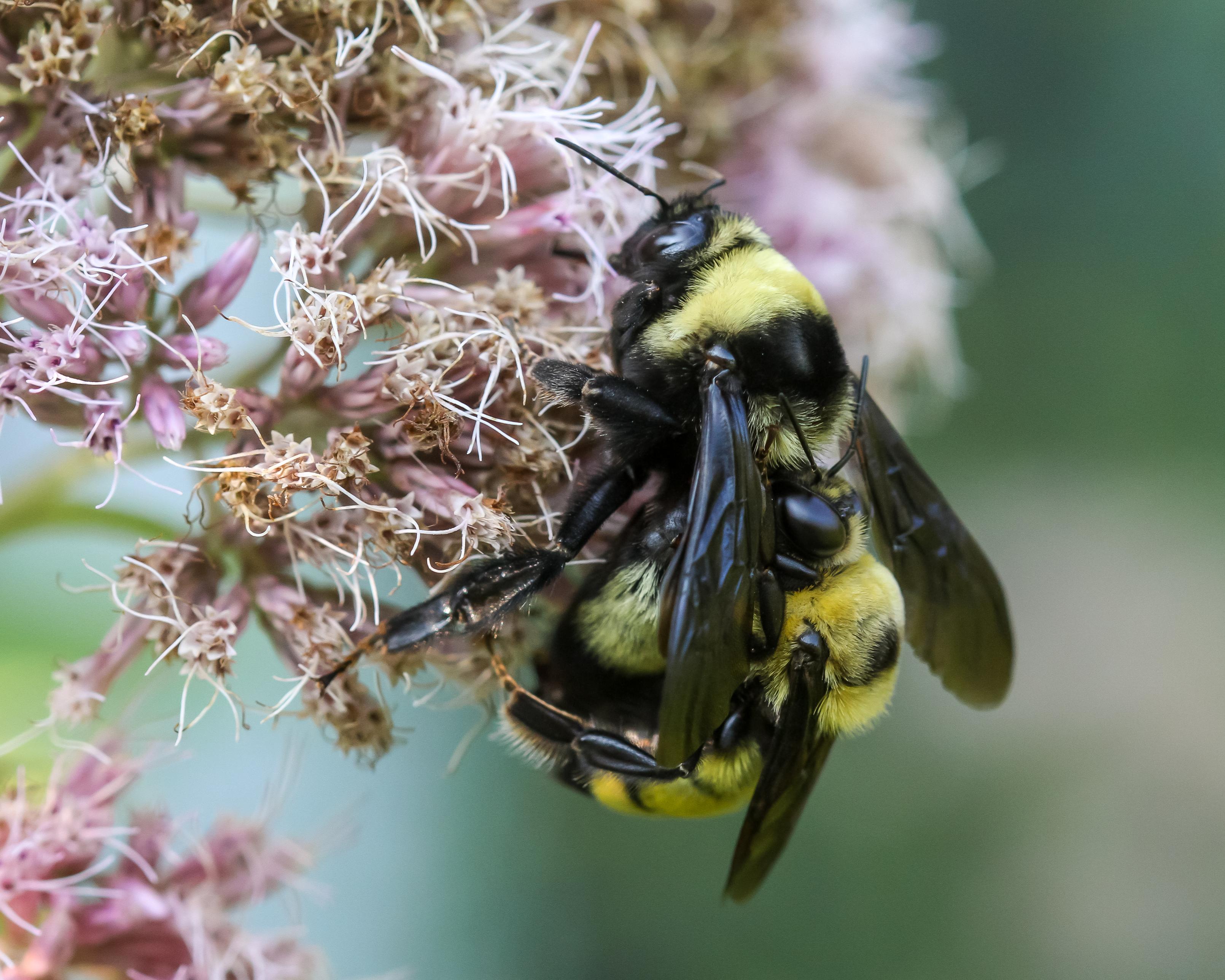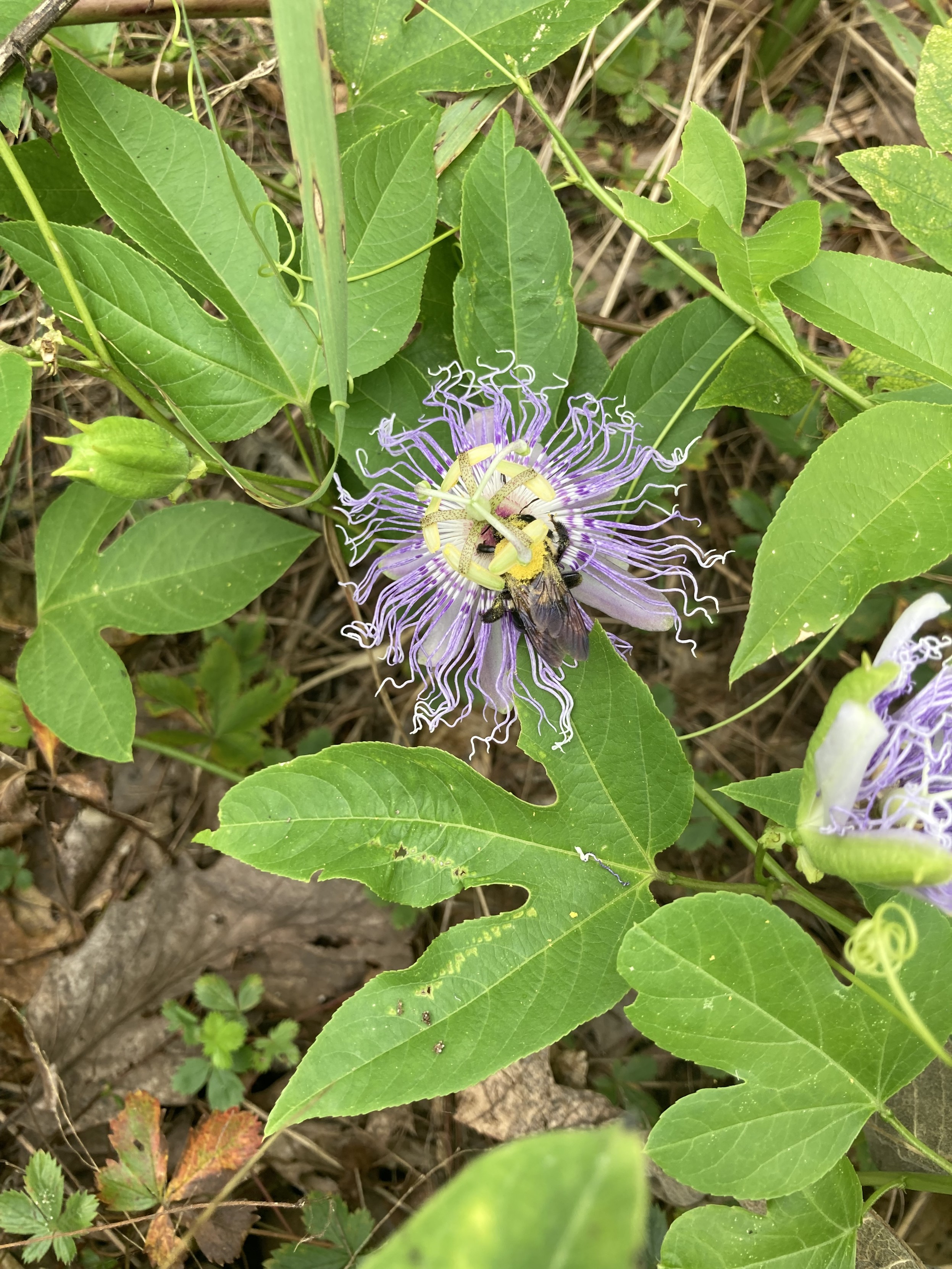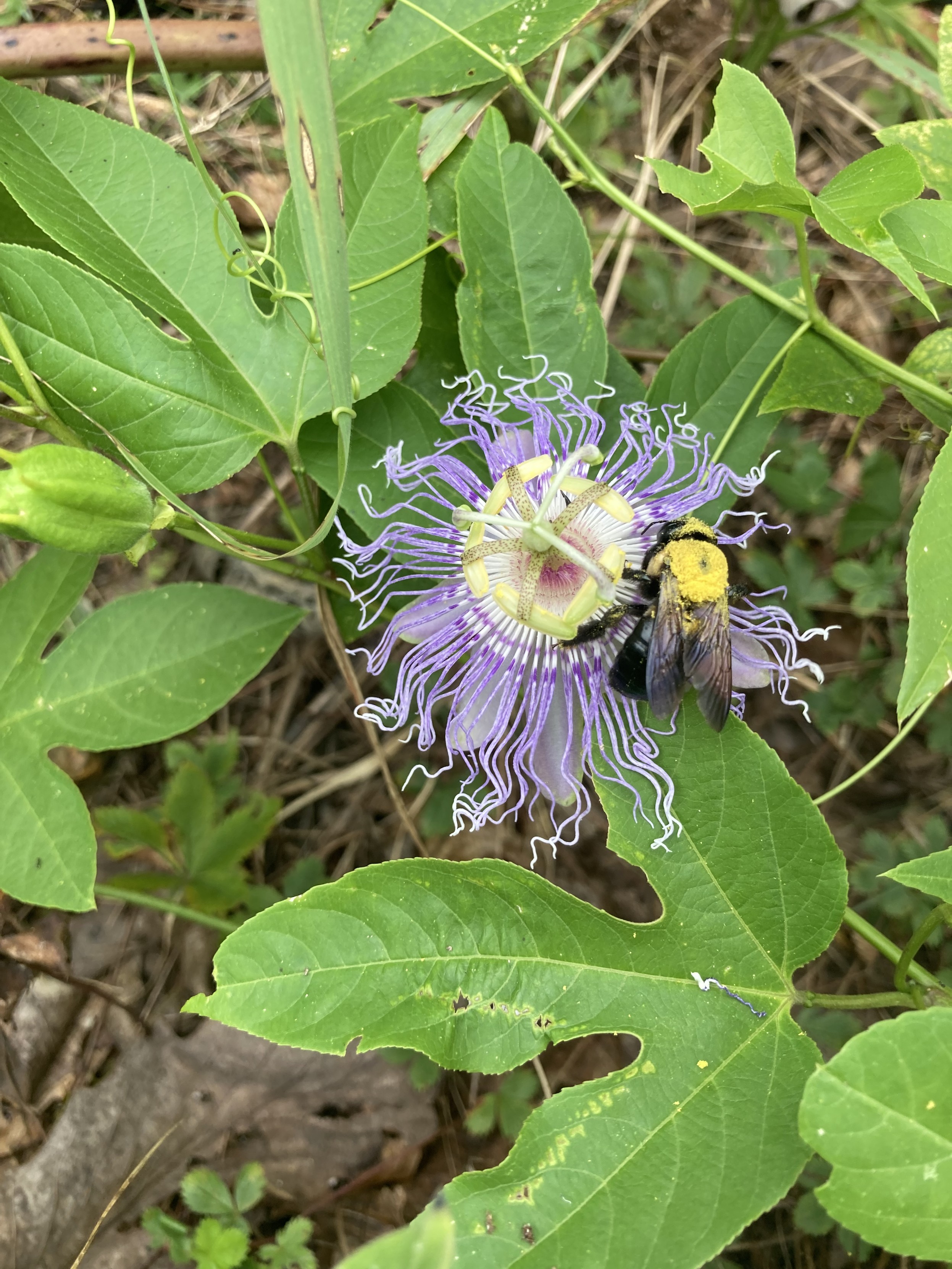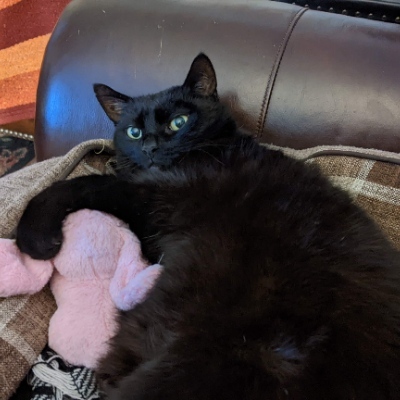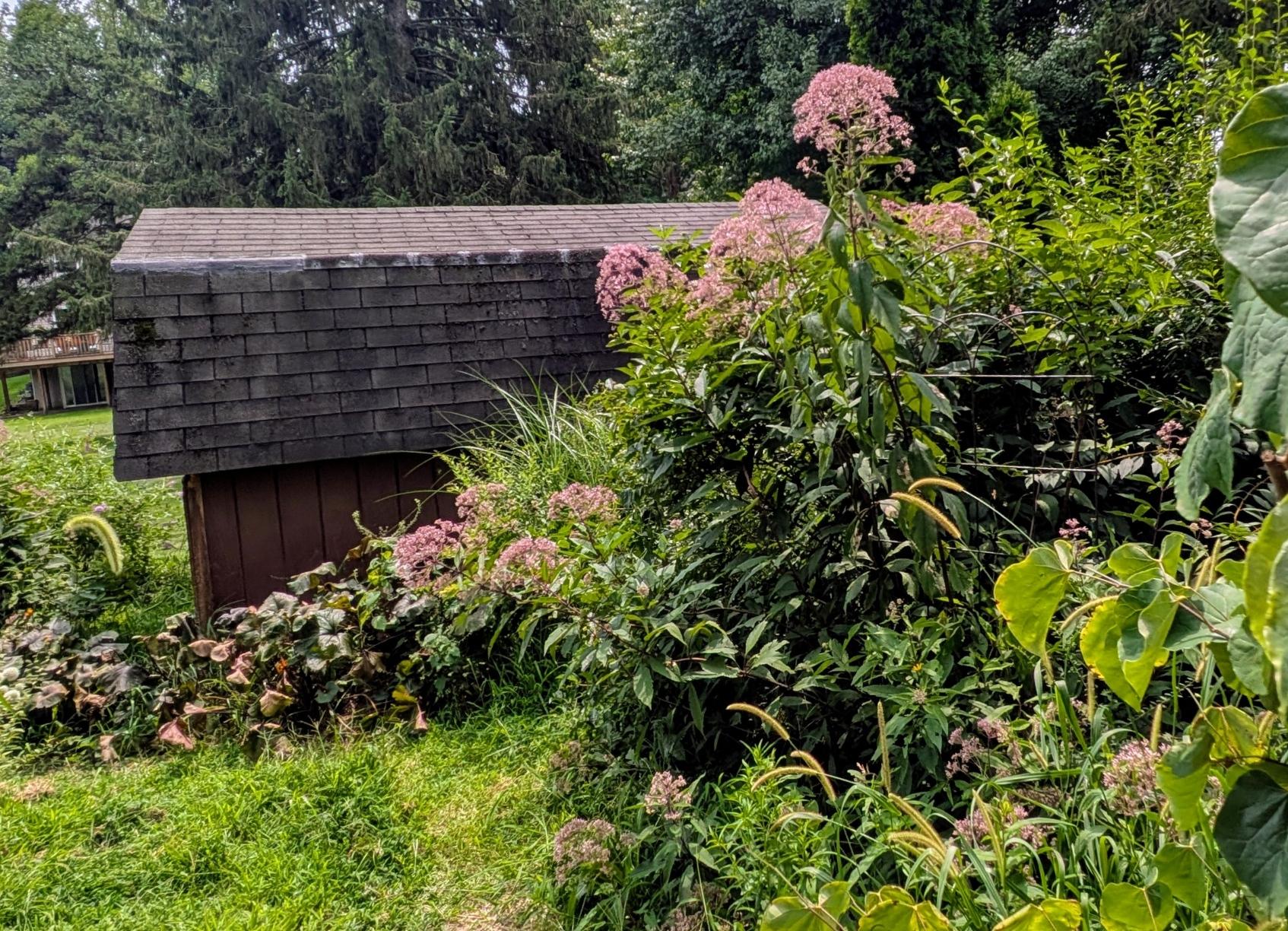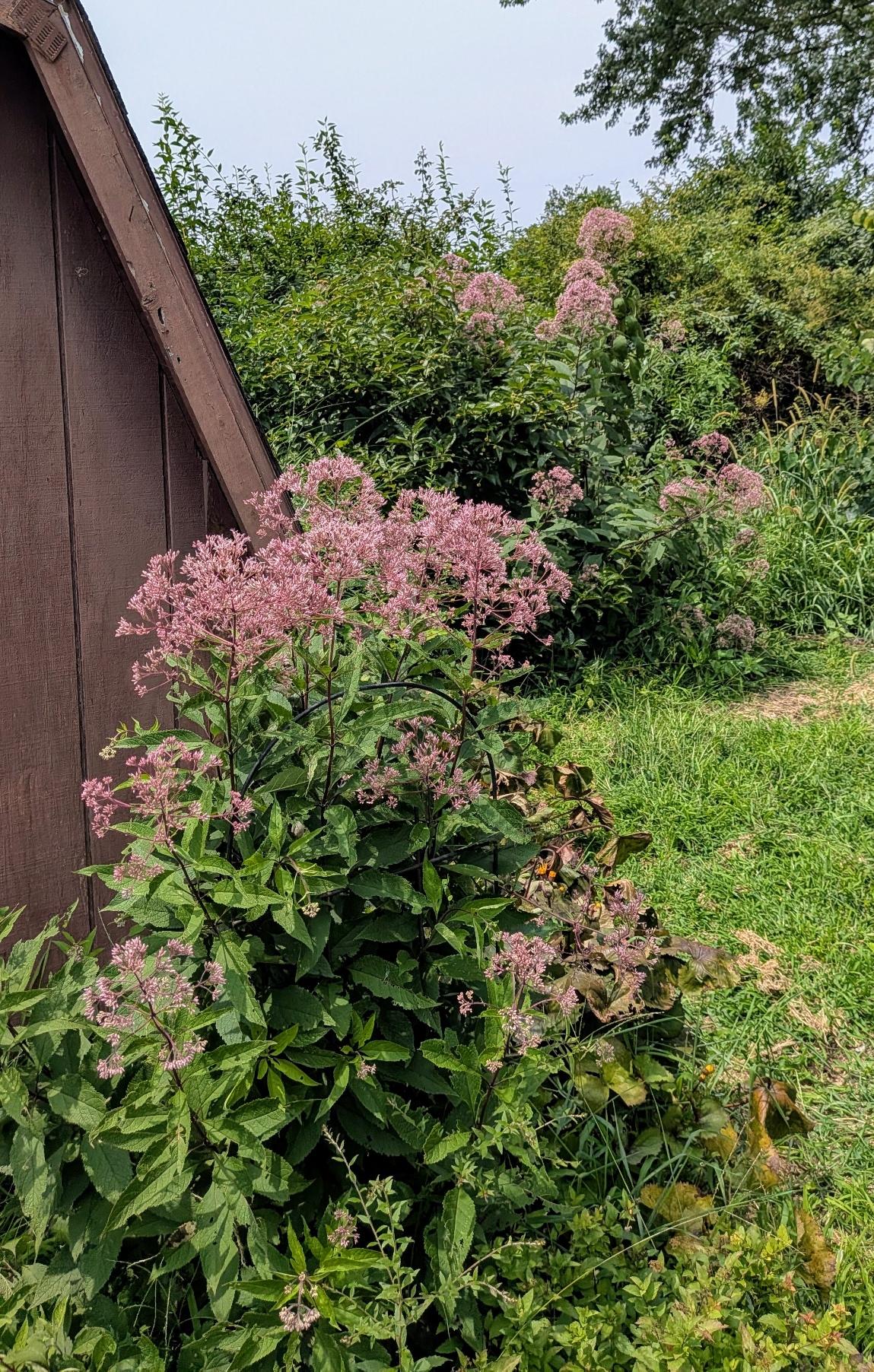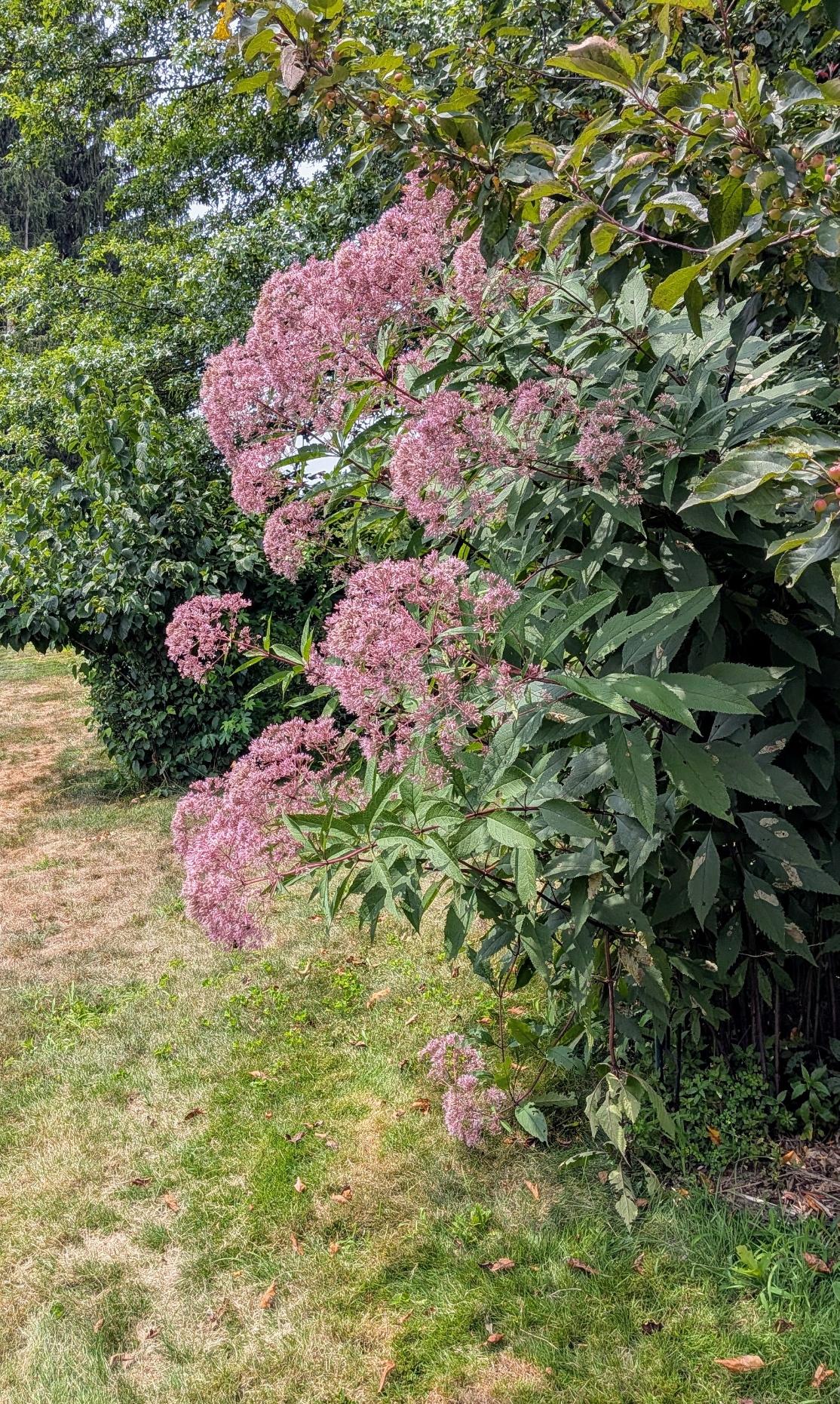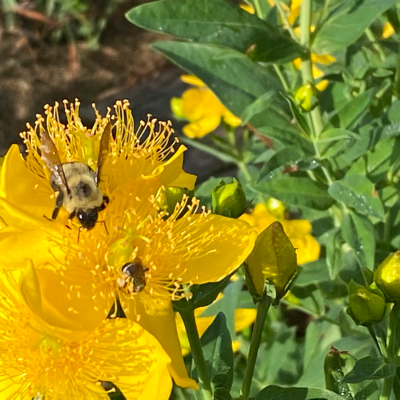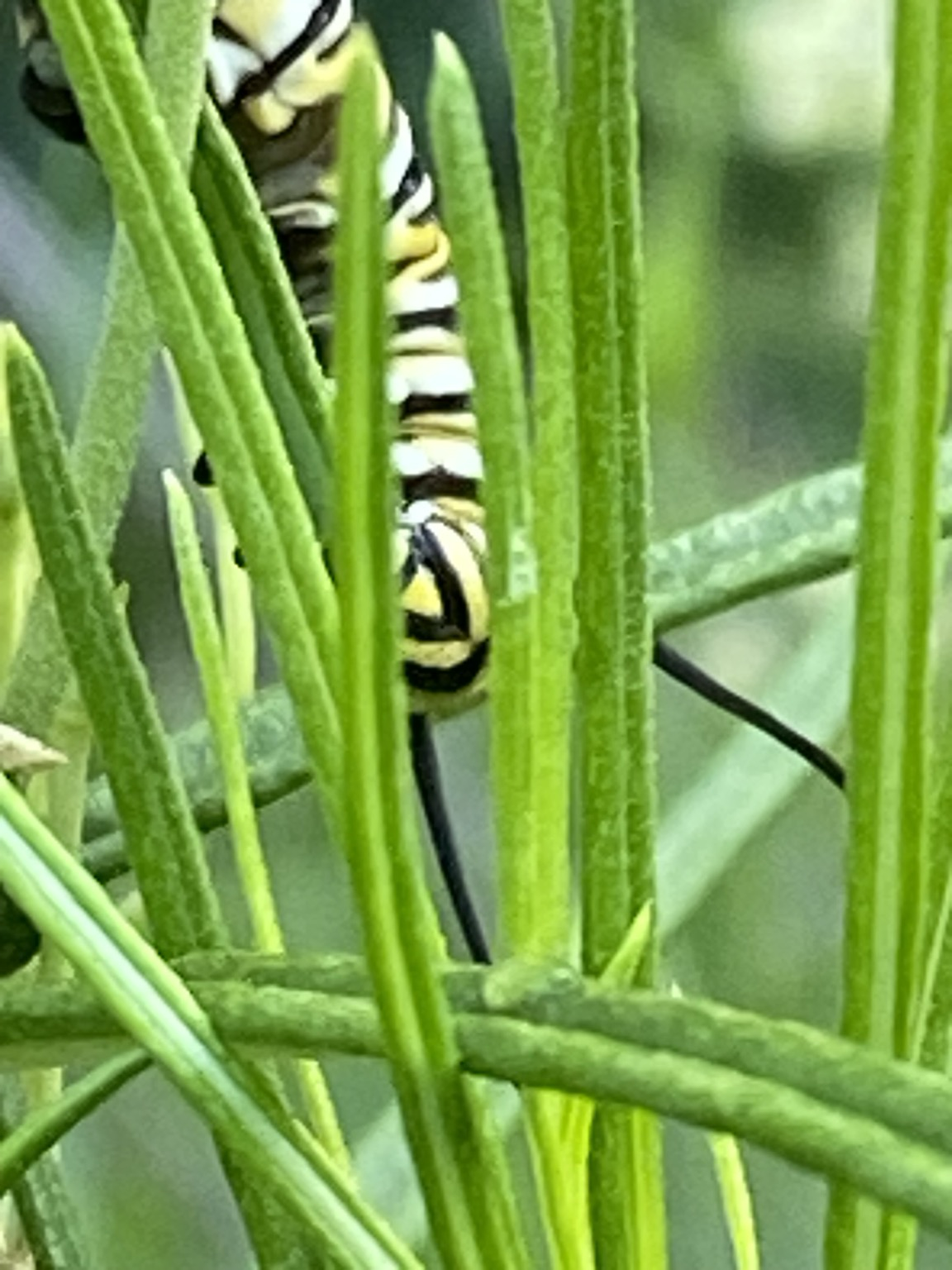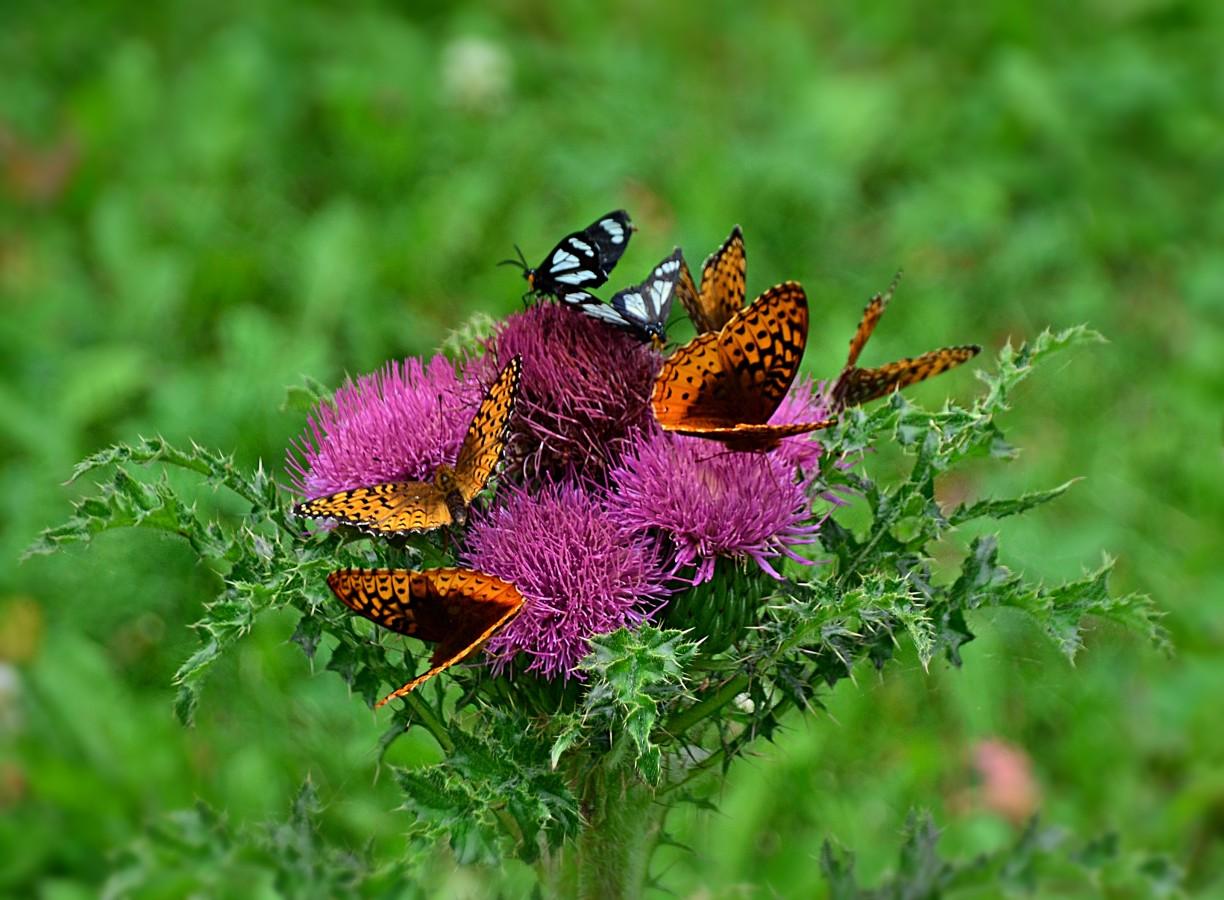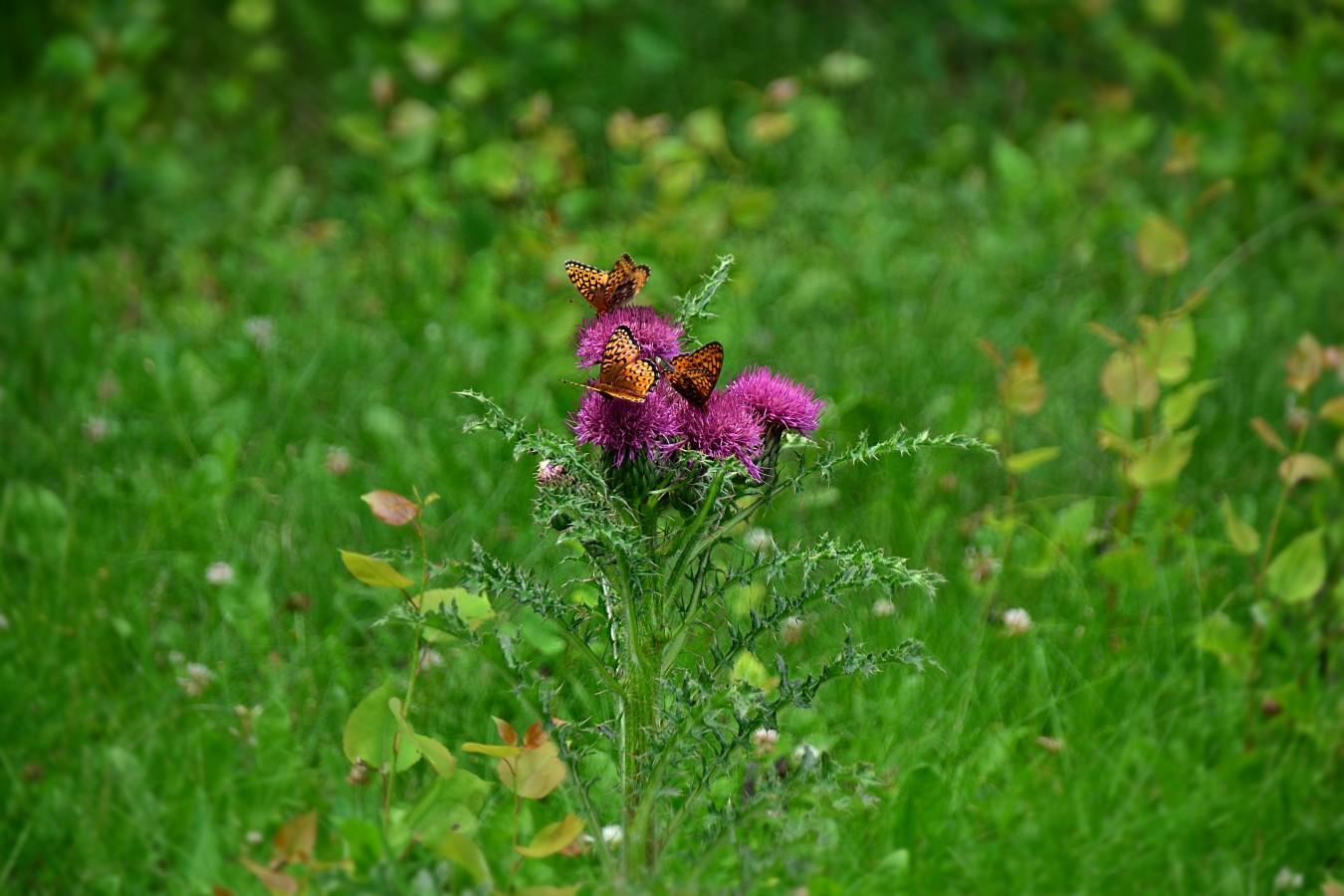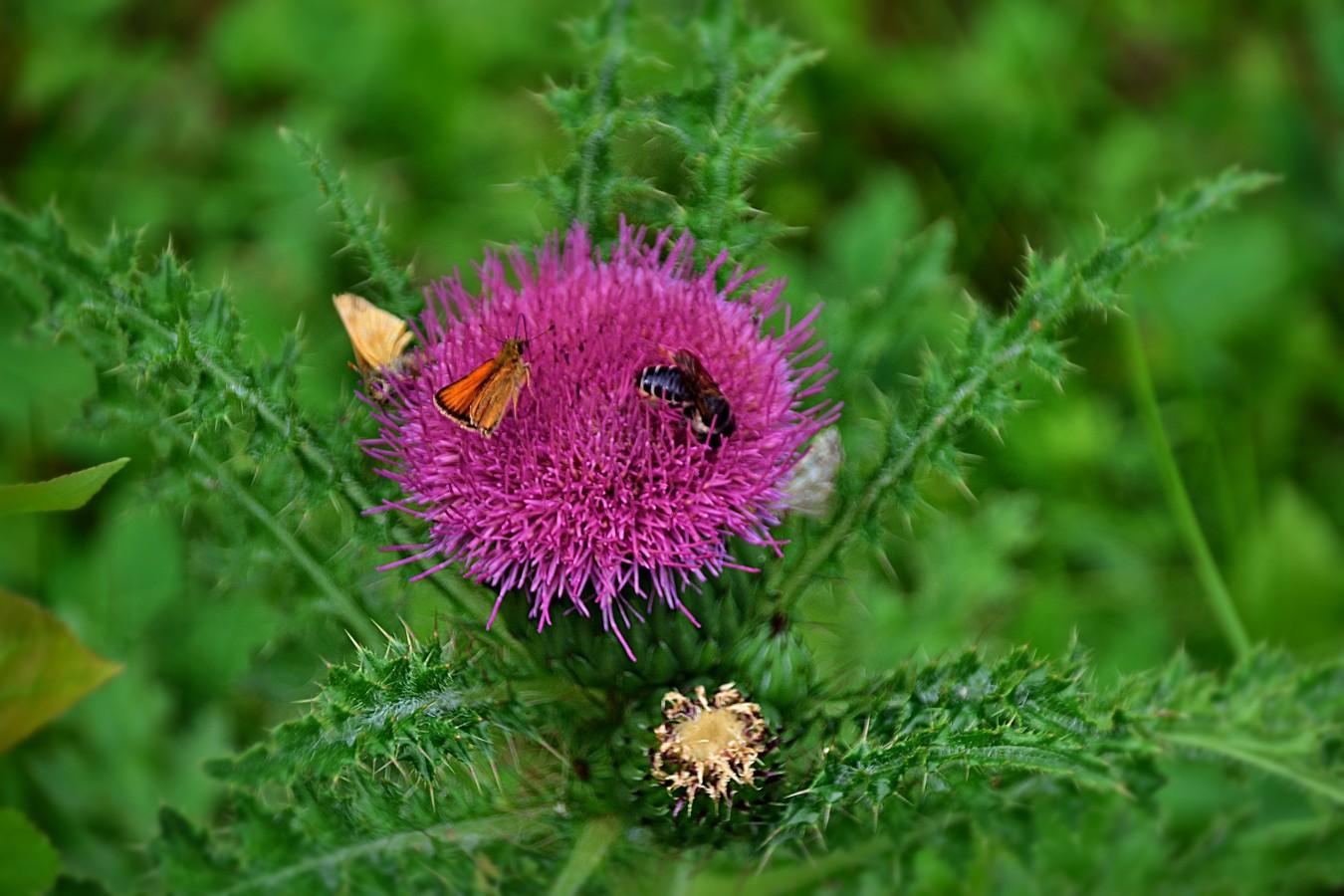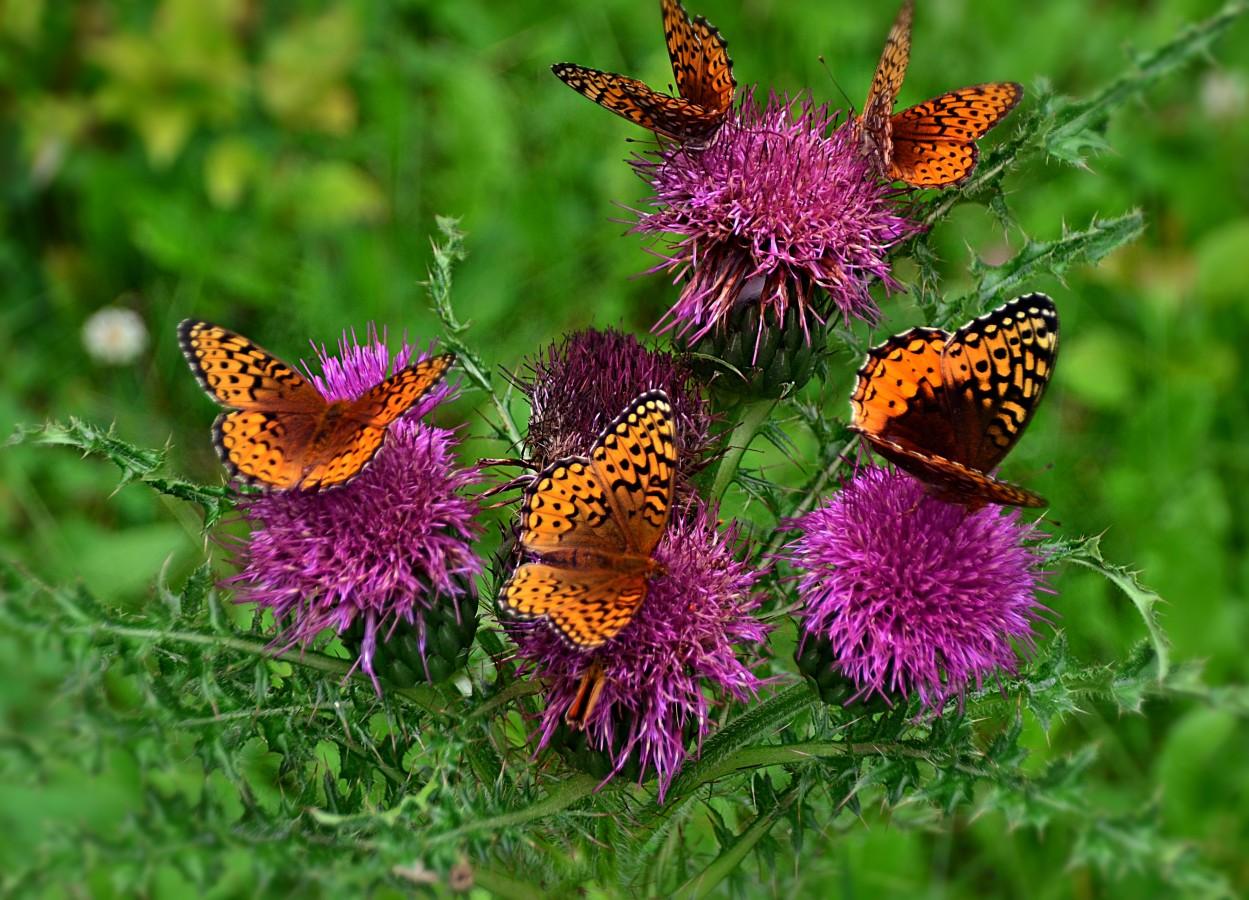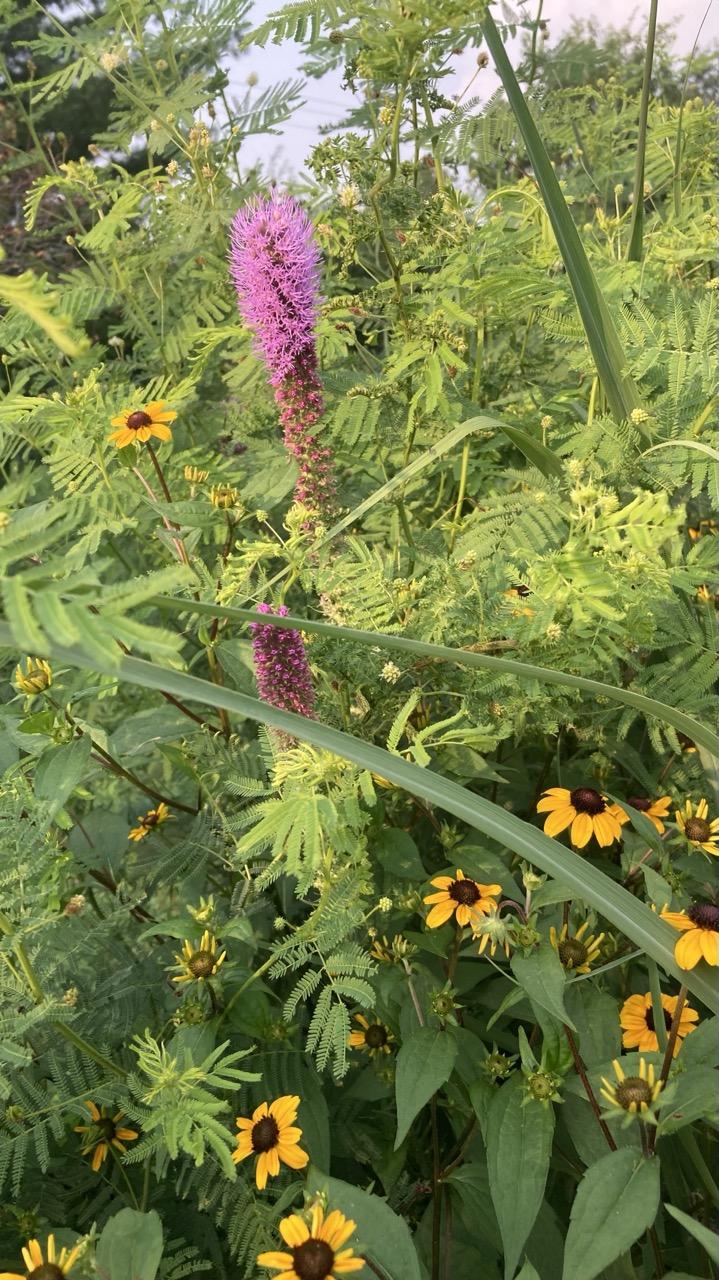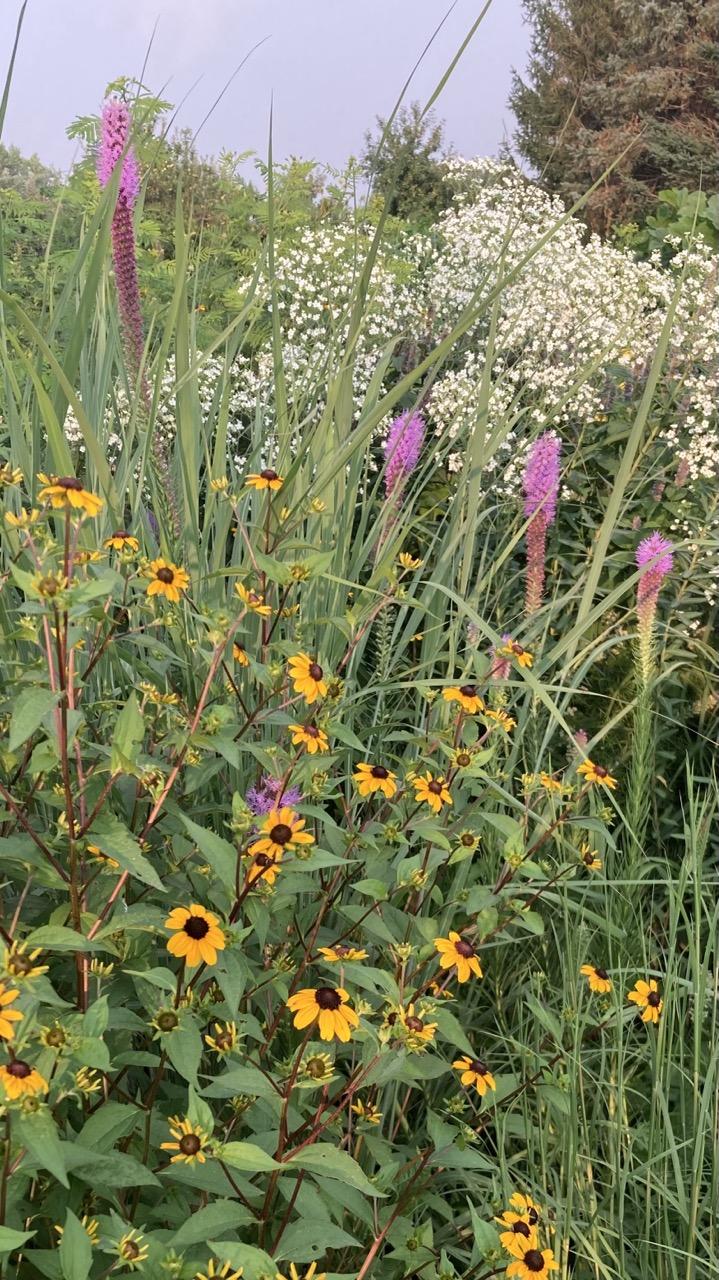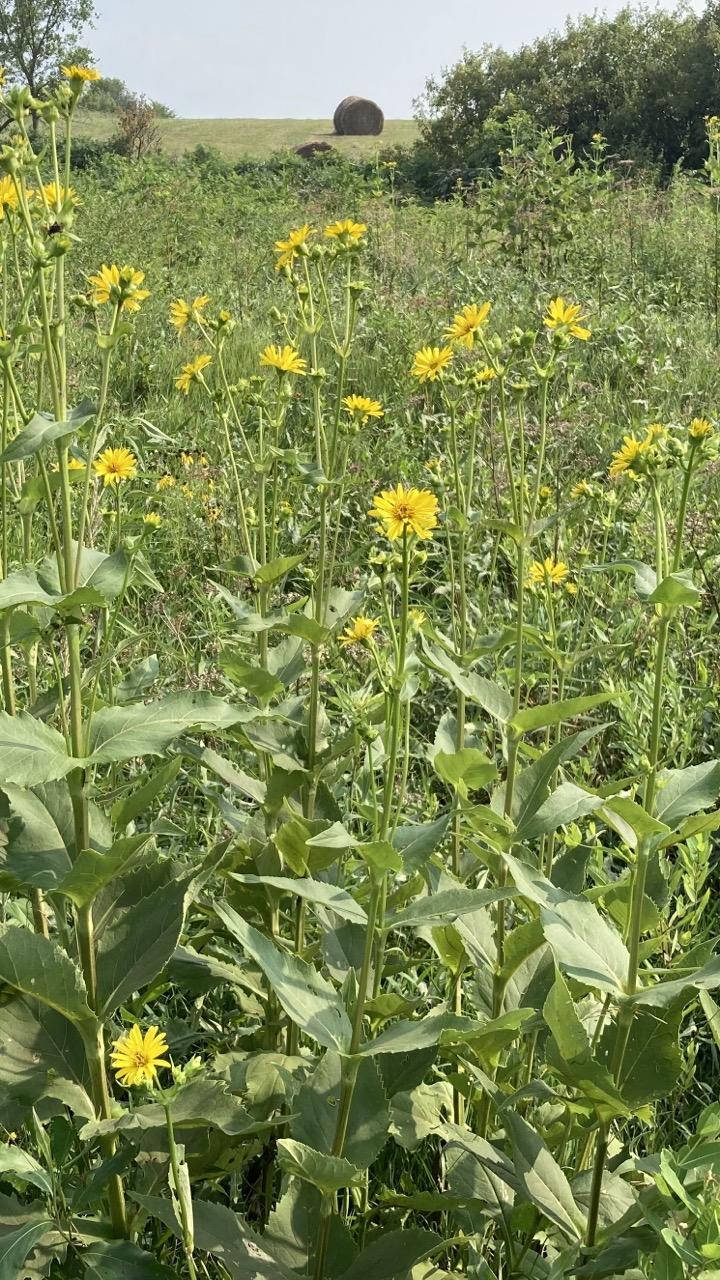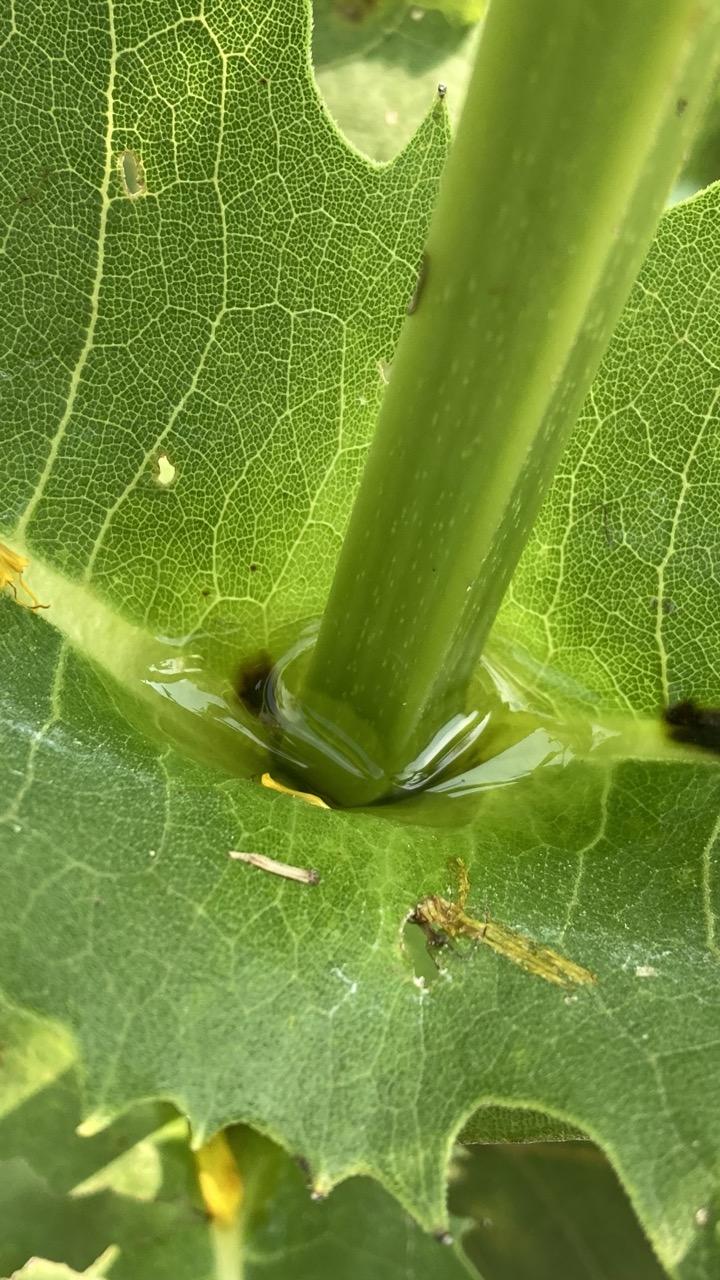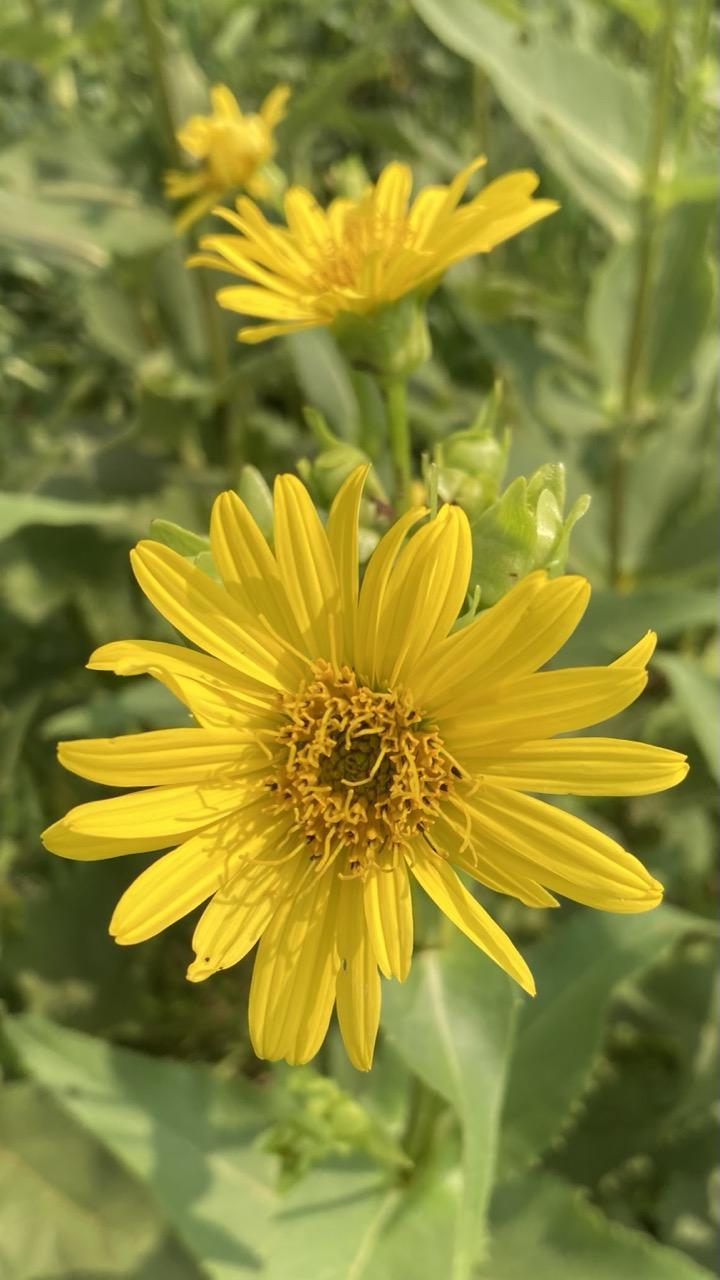Why #fireflies are everywhere this summer
The bioluminescent bugs of summer still need our help to stave off #extinction
Laura Baisas
Jul 21, 2025
"Parts of #Pennsylvania, #Illinois, and even primarily urban areas like #WashingtonDC and #NewYorkCity have experienced an uptick in this summertime natural wonder. Their yellow, green, or red glow when paired with chirping crickets or cicadas buzzing signals hot and hazy summer days. While there may be as many as 2,400 species of firefly on Earth, these insects have faced years of decline due to increased light pollution, #HabitatLoss, #pesticide use, and #ClimateChange.
"The insects are still in trouble, but this summer’s increased reports are a welcome sight to scientists and citizen scientists alike."
[...]
"Building a firefly habitat in your own backyard or asking community leaders to build some in public greenspace is one way to start. According to Crumbley, Firefly.org, offers numerous resources for how to start. A firefly habitat can be as simple as leaving behind a small pile of leaves after fall cleanups, planting more #NativePlants, or allowing the grass to grow just a little taller. Responsible pest management options, such as reducing pesticide use or finding more environmentally friendly ways to control unwanted bugs like mosquitoes or ticks can also help.
"Fireflies need dark skies to find their mates, so tackling light pollution is another solution.
" 'Each firefly species has a unique pattern and rhythm, but light pollution can disorient fireflies and make it difficult for males and females to find one another,' says Crumbley. “Reducing lights around your yard as much as possible at night can help restore darkness to your outdoor spaces and assist fireflies in their search for mates.'
"Less light pollution can only help fireflies, but other species like moths or even sea turtles, if you live near the beach."
Full article [includes links]:
https://www.popsci.com/environment/why-so-many-fireflies/?utm_source=firefox-newtab-en-us
#LightPollution #DarkSkies #EndangeredSpecies #SolarPunkSunday #LunarPunk #LunarPunkSunday #LeaveTheLeaves #CitizenScience #GardeningForFireflies

